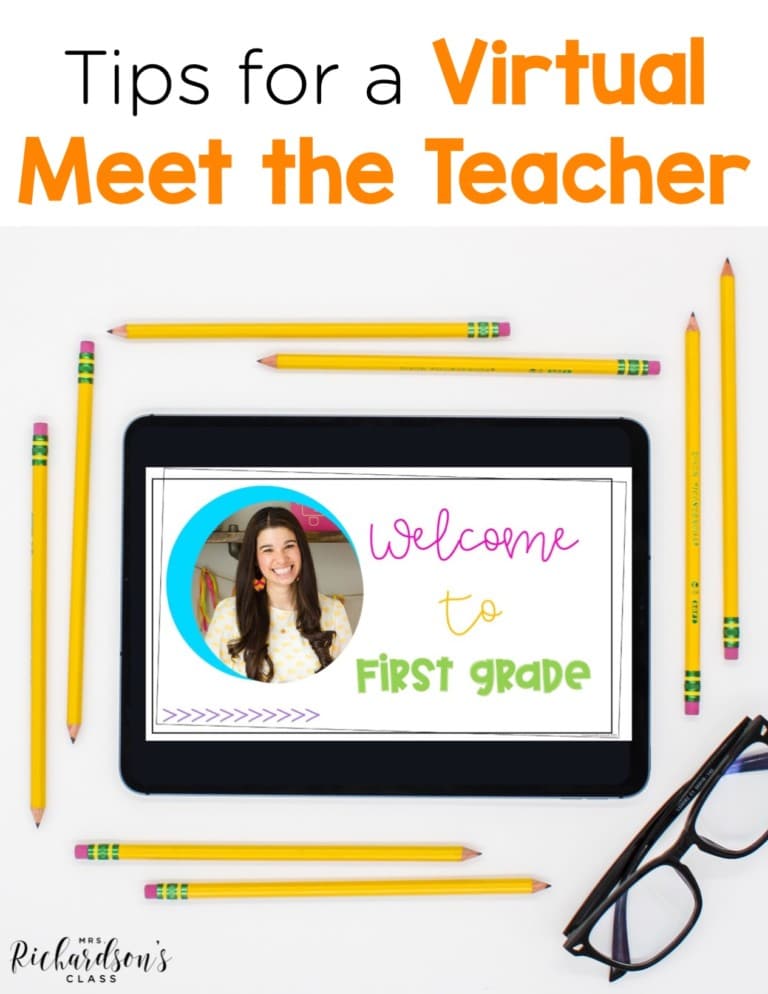


Tips to help you equip parents to master guided reading via distance learning.
Part of mastering distance learning is going to be figuring out how to best equip and prepare parents on how to support their child’s learning at home.
While guided reading look the exact same? Nope! You will probably find yourself battling distracted students and technology issues at times. It’s okay to go at a slower pace or meet with your groups less frequently due to time constraints.
To help get your wheels turning on how to support parents, I put together a list of tips that will help prepare parents for guided reading while distance learning. These are the tips I would share with parents before starting guided reading.
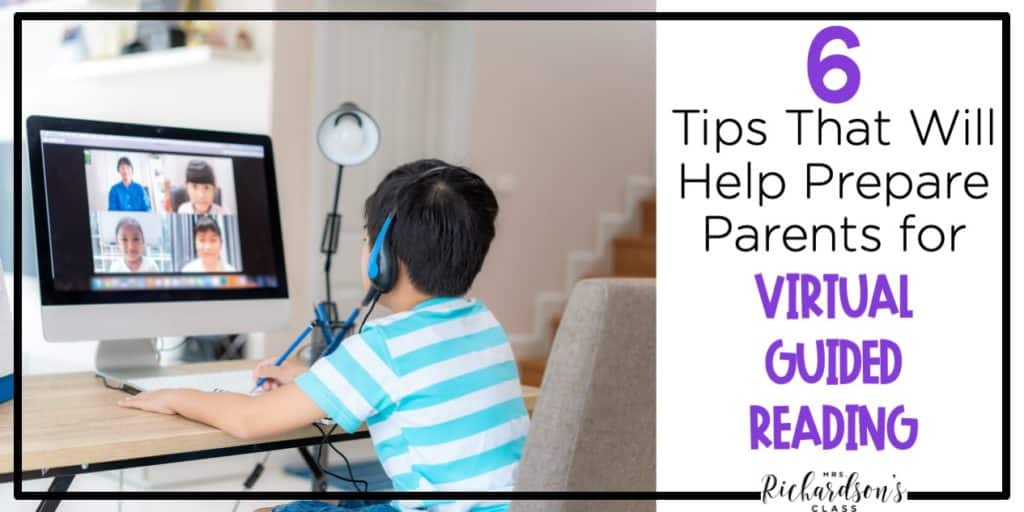
After you assess students and find what reading level they are on, create your reading groups. Then, start scheduling them. Be sure parents know when their child’s reading group will meet.
You might also want to send reminders about the group meeting time using Remind 101 or something similar. Remember, parents might be overwhelmed trying to manage multiple children’s learning schedules. You can find more tips for communicating with parents while distance learning HERE.
Make a list of tools for parents to gather and keep in a handy spot. When it is their child’s guided reading time, we want them to be able to grab their materials and start. Some tools for parents to have handy for guided reading while distance learning are:
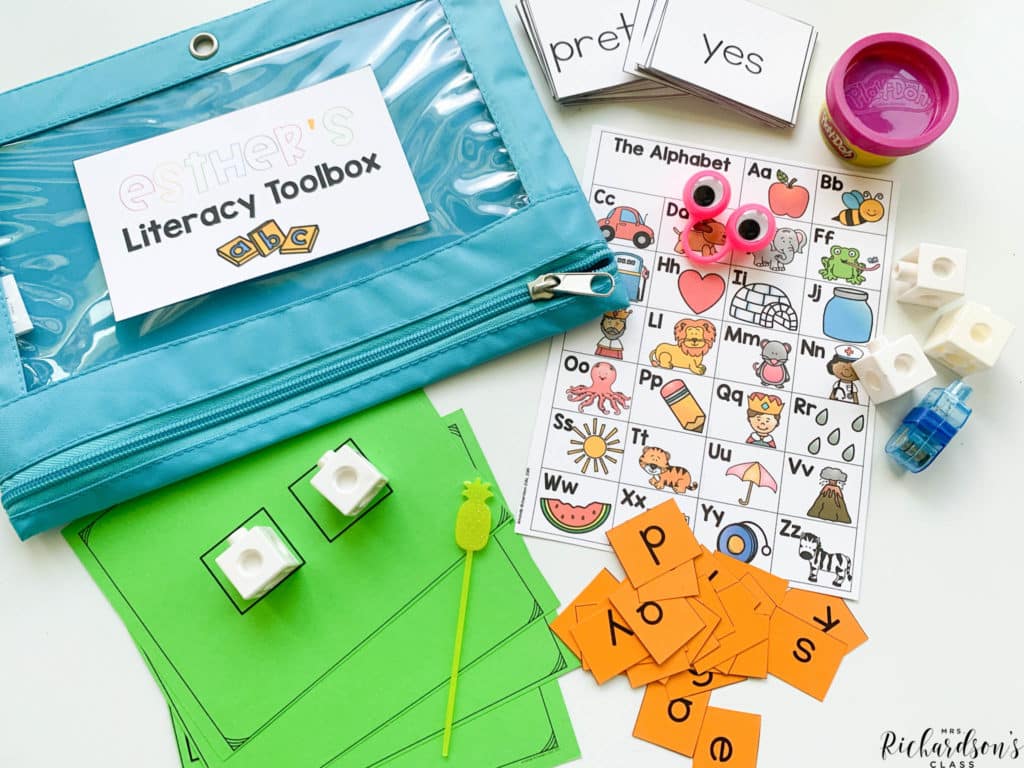
You can suggest to parents to store these items in a caddy or basket so they will all be in one place.
Provide parents some reading strategy posters, alphabet charts, and any other visuals you think would be helpful. Ask parents to display these where students can refer to while reading.
They can also store them in a folder or binder if they can’t be displayed. You could also make smaller, bookmark-sized visuals for students if space is an issue.
If you don’t have reading strategy posters of your own, you can get a FREE set on my blog HERE. It also has some great tips to share with parents about supporting reading at home.
Ask parents to prepare a quiet place in the home for guided reading via distance learning. It could be a corner in a bedroom, a closet, an office…anywhere! You can also talk to parents about limiting other distractions as much as possible, like a television being on, other siblings in the room, or toys nearby.
Be sure to encourage parents and understand that a perfect, silent, distraction-free area might not be possible. But, any efforts made to try to create an environment that supports reading instruction will be greatly appreciated.
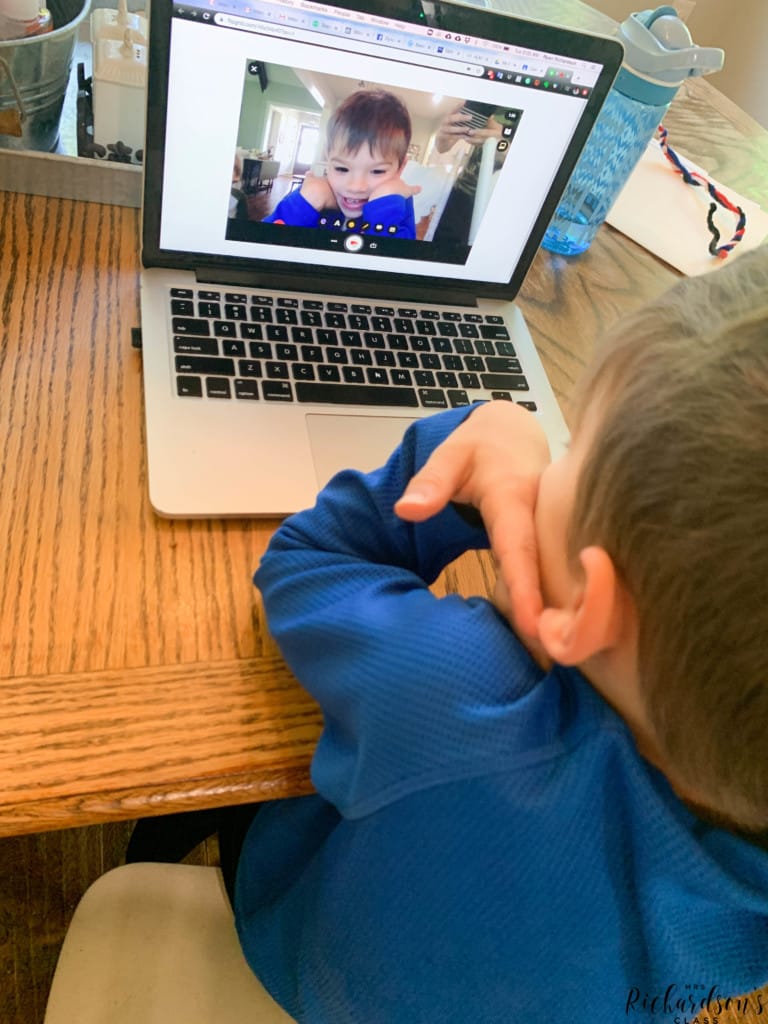
Remind parents to use the few minutes before a remote guided reading group starts to try to test audio and visual with their child. This can save you a ton of valuable time if parents can help make sure computers or tablets are ready to go. Ask parents to:
If these things can be done before the lesson even starts, you’ll have more time to spend teaching your students.
Find a way to gently ask parents to not coach their children during guided reading. This is your time to listen to your students read, take a running record, and find teaching points to move readers forward.
Let parents know that you need this time to reach every reader where they are, find their strengths, and grow their weaknesses. If a student is coached through the process, you won’t have an accurate picture of their reading capabilities. Then, you won’t be able to best support that child.
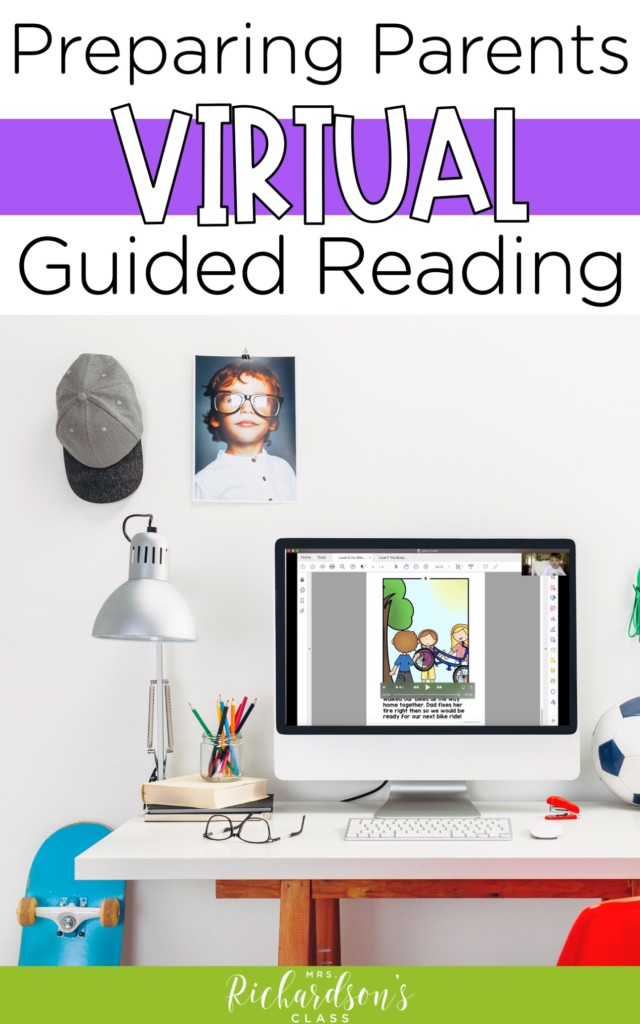
pin it
If you want to see my top tips for teachers on how to prepare to launch guided reading remotely, check out THIS POST.
Friends, if you know that you want to make guided reading while distance learning happen, and be successful at it, I have a brand new resource just for teachers like you. Implementing Guided Reading During Distance Learning is a step-by-step tutorial on how to successfully implement guided reading virtually.
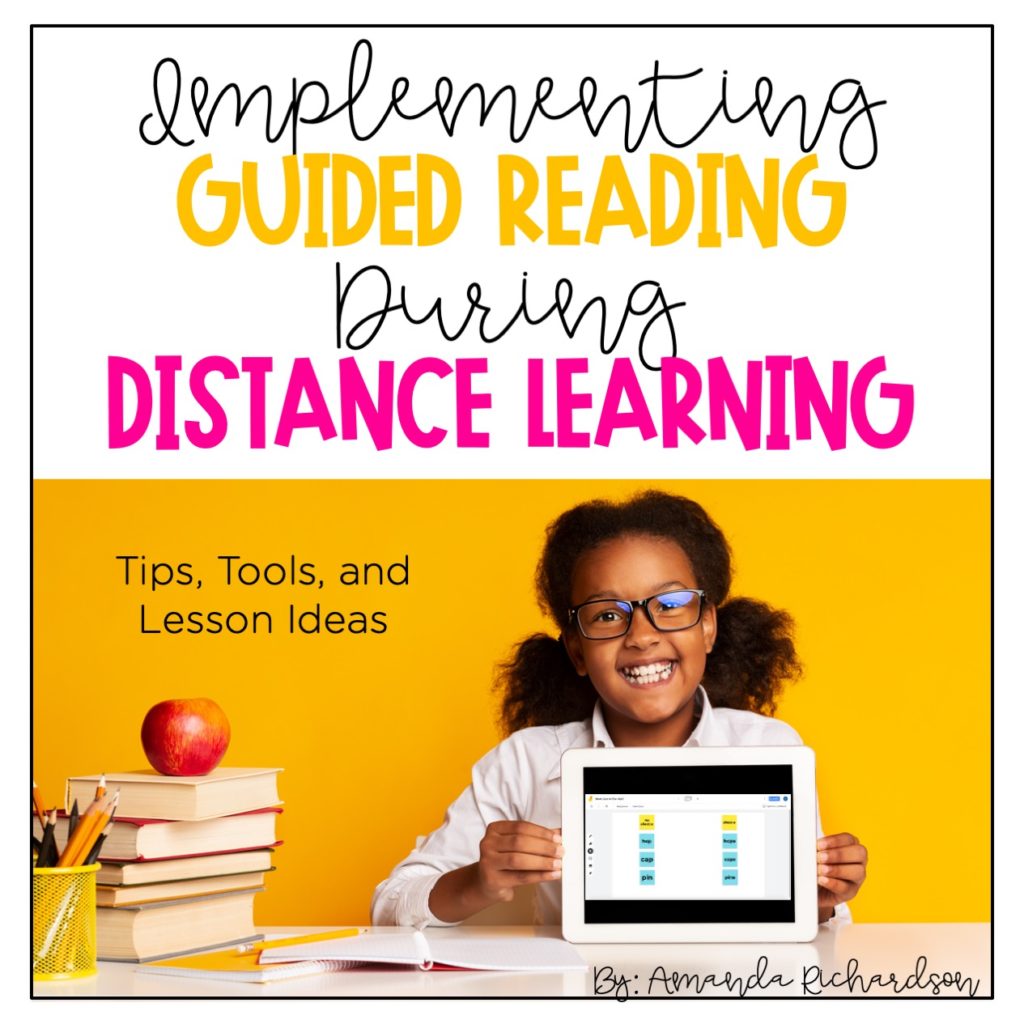
This professional development resource includes:
This is everything you need to learn how to successfully implement guided reading while distance learning to reach every reader and move them forward.
Grab your guide to Guide for Implementing Guided Reading During Distance Learning and get started today!
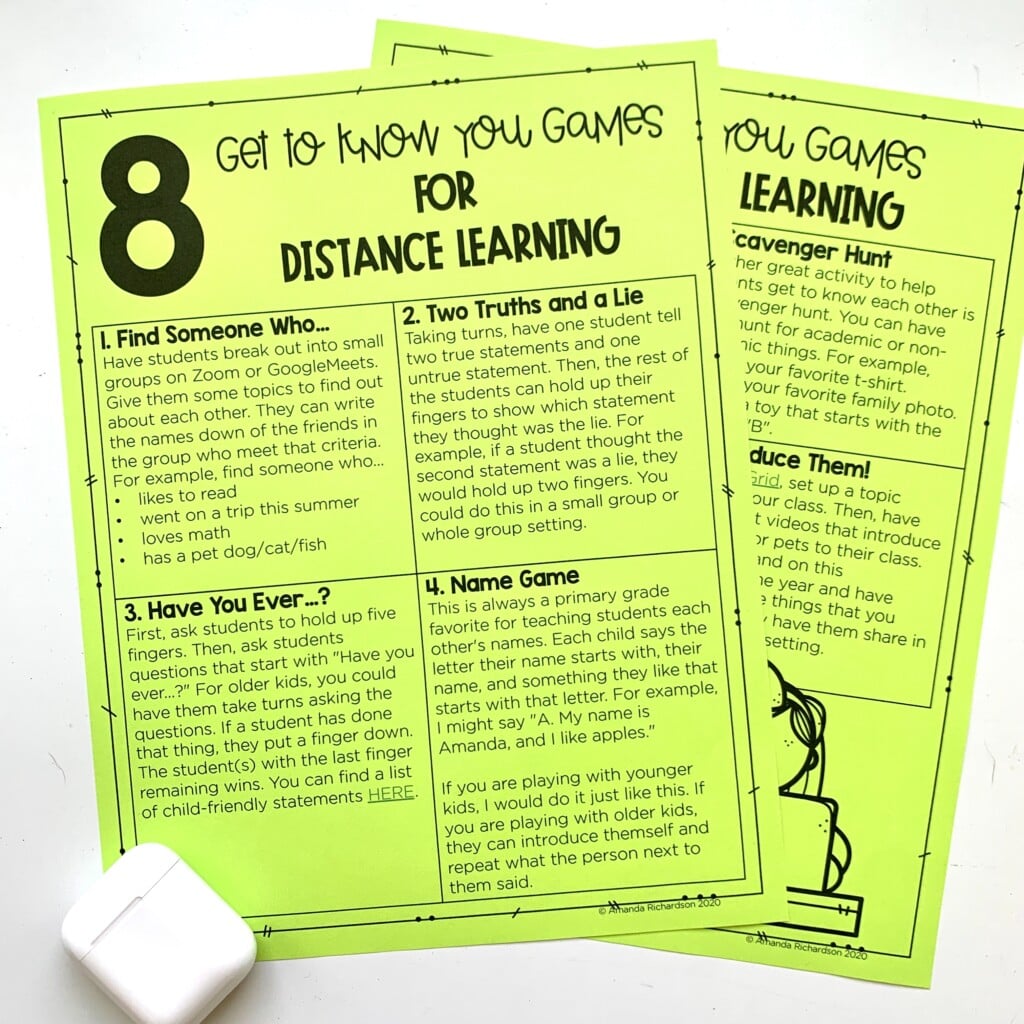

I’m a K-1 teacher who is passionate about making lessons your students love and that are easy to implement for teachers. Helping teachers like you navigate their way through their literacy block brings me great joy. I am a lifelong learner who loves staying on top of current literacy learning and practices. Here, you’ll find the tools you need to move your K-2 students forward!


| Cookie | Duration | Description |
|---|---|---|
| cookielawinfo-checkbox-analytics | 11 months | This cookie is set by GDPR Cookie Consent plugin. The cookie is used to store the user consent for the cookies in the category "Analytics". |
| cookielawinfo-checkbox-functional | 11 months | The cookie is set by GDPR cookie consent to record the user consent for the cookies in the category "Functional". |
| cookielawinfo-checkbox-necessary | 11 months | This cookie is set by GDPR Cookie Consent plugin. The cookies is used to store the user consent for the cookies in the category "Necessary". |
| cookielawinfo-checkbox-others | 11 months | This cookie is set by GDPR Cookie Consent plugin. The cookie is used to store the user consent for the cookies in the category "Other. |
| cookielawinfo-checkbox-performance | 11 months | This cookie is set by GDPR Cookie Consent plugin. The cookie is used to store the user consent for the cookies in the category "Performance". |
| viewed_cookie_policy | 11 months | The cookie is set by the GDPR Cookie Consent plugin and is used to store whether or not user has consented to the use of cookies. It does not store any personal data. |
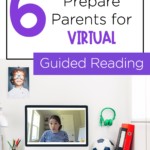

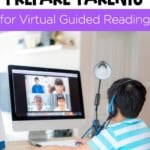
One Response
I think you are right about making sure you teach according to the strengths of your child. I want my kid to be led by his interests in learning rather than standardization. I’ll have to consider getting my kid into a private school that does more 1-on-1 work.